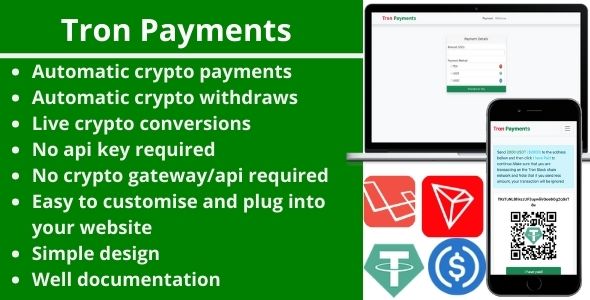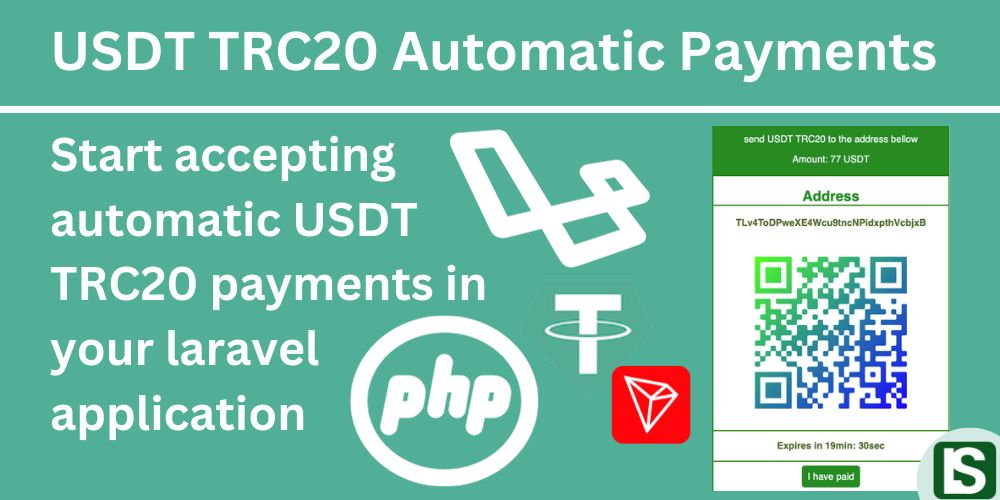
Table of Contents
- Introduction
- Introduction to TRON’s Resource Model
- What is Bandwidth in TRON?
- What is Energy in TRON?
- Bandwidth vs. Energy: Understanding the Differences
- Maximizing Efficiency on TRON: Tips and Strategies
- Real-World Applications of TRON’s Bandwidth and Energy Model
- Conclusion
Introduction
TRON’s innovative resource model, featuring Bandwidth and Energy, is key to maximizing efficiency and reducing costs on its blockchain network. Understanding how to effectively manage these resources can significantly optimize your transactions and smart contract executions.
Introduction to TRON’s Resource Model
Unlike traditional blockchain networks that rely solely on transaction fees, TRON introduces a resource model that allows users to perform transactions and execute smart contracts without constantly paying in TRX, the network’s native cryptocurrency. TRON uses two primary resources: Bandwidth and Energy. These resources can be acquired by staking TRX, enabling users to utilize the network without incurring significant costs.
What is Bandwidth in TRON?
Bandwidth is a resource that allows users to send transactions on the TRON network without paying TRX as a transaction fee. Every account on TRON receives a daily amount of free Bandwidth, which is used up whenever a transaction is made. If a user’s Bandwidth runs out, they can either pay a small TRX fee for the transaction or acquire additional Bandwidth by staking TRX.
Key Features of Bandwidth:
- Free Daily Allocation: All TRON users receive a certain amount of Bandwidth each day, enabling them to send basic transactions without fees.
- Staking for Bandwidth: Users can stake TRX to acquire additional Bandwidth, which is particularly useful for those who frequently interact with the network.
- Limited to Basic Transactions: Bandwidth is primarily used for simple transactions, such as transferring TRX or TRC10 tokens, but does not cover the execution of smart contracts.
What is Energy in TRON?
While Bandwidth covers the costs of basic transactions, Energy is specifically required to execute smart contracts on the TRON network. Smart contracts, which are self-executing agreements with terms directly written into code, consume a significant amount of computational power. Energy is the resource that powers these operations, allowing users to execute contracts without burning TRX.
Key Features of Energy:
- Smart Contract Execution: Energy is essential for deploying and executing smart contracts on the TRON network. This includes transferring TRC20 tokens like USDT, which involve smart contract interactions.
- Generated Through Staking: Energy can be acquired by staking TRX. The more TRX staked, the more Energy is generated.
- Renewable Resource: Energy regenerates every 24 hours, providing users with a sustainable resource for ongoing smart contract activities.
Bandwidth vs. Energy: Understanding the Differences
While both Bandwidth and Energy are crucial for operating on the TRON network, they serve different purposes:
- Usage: Bandwidth is used for basic transactions, like sending TRX or TRC10 tokens, while Energy is required for executing smart contracts, including transferring TRC20 tokens like USDT.
- Acquisition: Both resources can be acquired by staking TRX, but they are allocated differently. Bandwidth is partially available for free daily, while Energy must be generated through a more direct staking process.
- Consumption: Bandwidth is consumed with each transaction, but smart contracts consume Energy based on their complexity and the computational power required.
Maximizing Efficiency on TRON: Tips and Strategies
To fully leverage the TRON network’s efficiency, users must strategically manage their Bandwidth and Energy resources. Here are some tips to maximize efficiency:
- Stake Wisely: Determine your average transaction and smart contract needs, then stake an appropriate amount of TRX to cover your Bandwidth and Energy requirements.
- Monitor Usage: Regularly check your Bandwidth and Energy consumption to avoid running out unexpectedly, which could result in additional TRX fees.
- Leverage Free Bandwidth: Take advantage of the daily free Bandwidth allocation for basic transactions, preserving your staked resources for more intensive operations.
- Energy Delegation: If you generate more Energy than you need, consider delegating it to other users or applications within the TRON ecosystem, potentially earning rewards in return.
- Optimize Smart Contracts: When developing smart contracts, focus on efficiency to minimize Energy consumption, reducing the overall cost of execution.
Real-World Applications of TRON’s Bandwidth and Energy Model
The Bandwidth and Energy model on TRON supports a wide range of applications, from simple peer-to-peer transactions to complex decentralized applications (dApps). Some real-world examples include:
- Decentralized Finance (DeFi): DeFi platforms on TRON rely heavily on smart contracts, making efficient Energy management crucial for minimizing operational costs.
- Stablecoin Transfers: Transferring TRC20 stablecoins like USDT requires Energy, as it involves smart contract execution. Efficient Energy management can significantly reduce the cost of these transactions.
- Gaming dApps: Many gaming dApps use smart contracts to handle in-game assets and transactions. By effectively managing Energy, these platforms can offer seamless user experiences without excessive fees.
Conclusion
TRON’s innovative Bandwidth and Energy model offers a powerful way to optimize blockchain transactions, reducing costs and enhancing scalability. By understanding how these resources work and implementing strategic management practices, users can fully leverage the TRON network’s capabilities. Whether you’re a developer, business, or individual user, mastering Bandwidth and Energy is key to maximizing efficiency on the TRON blockchain.



Comment
Login to comment